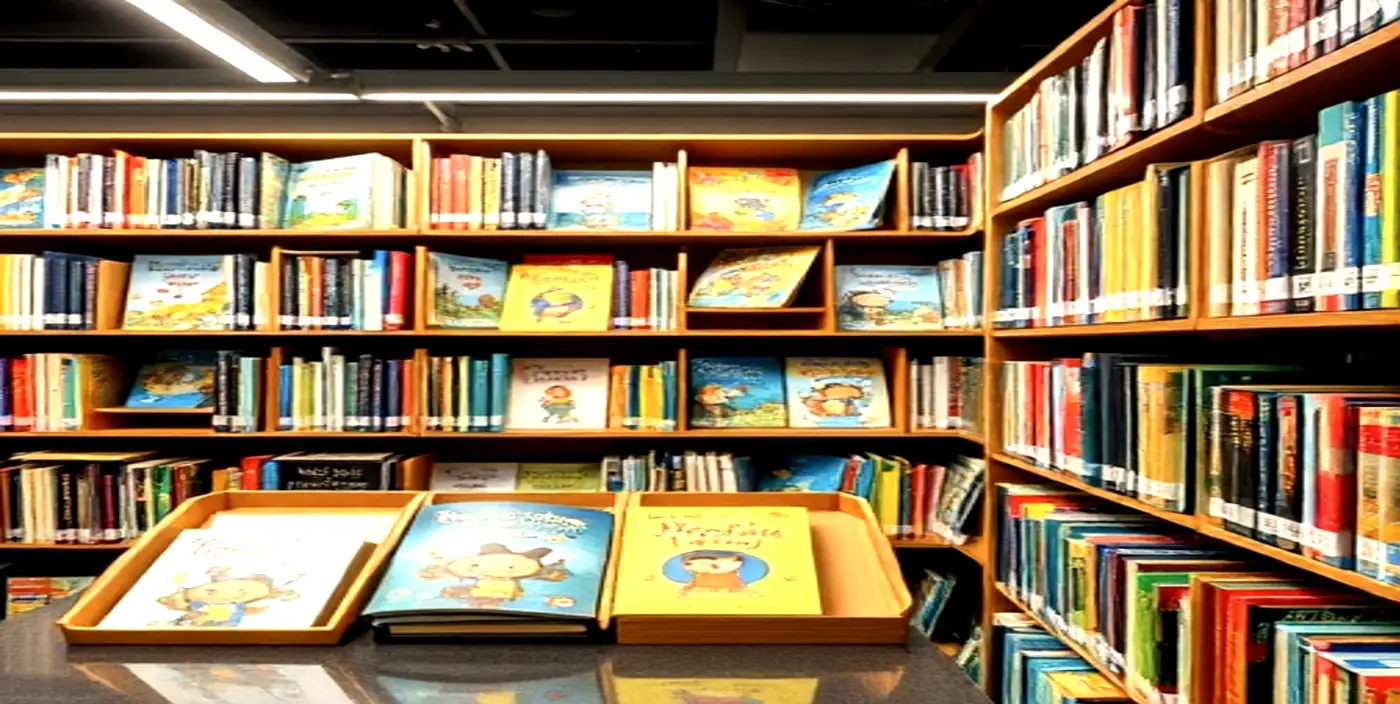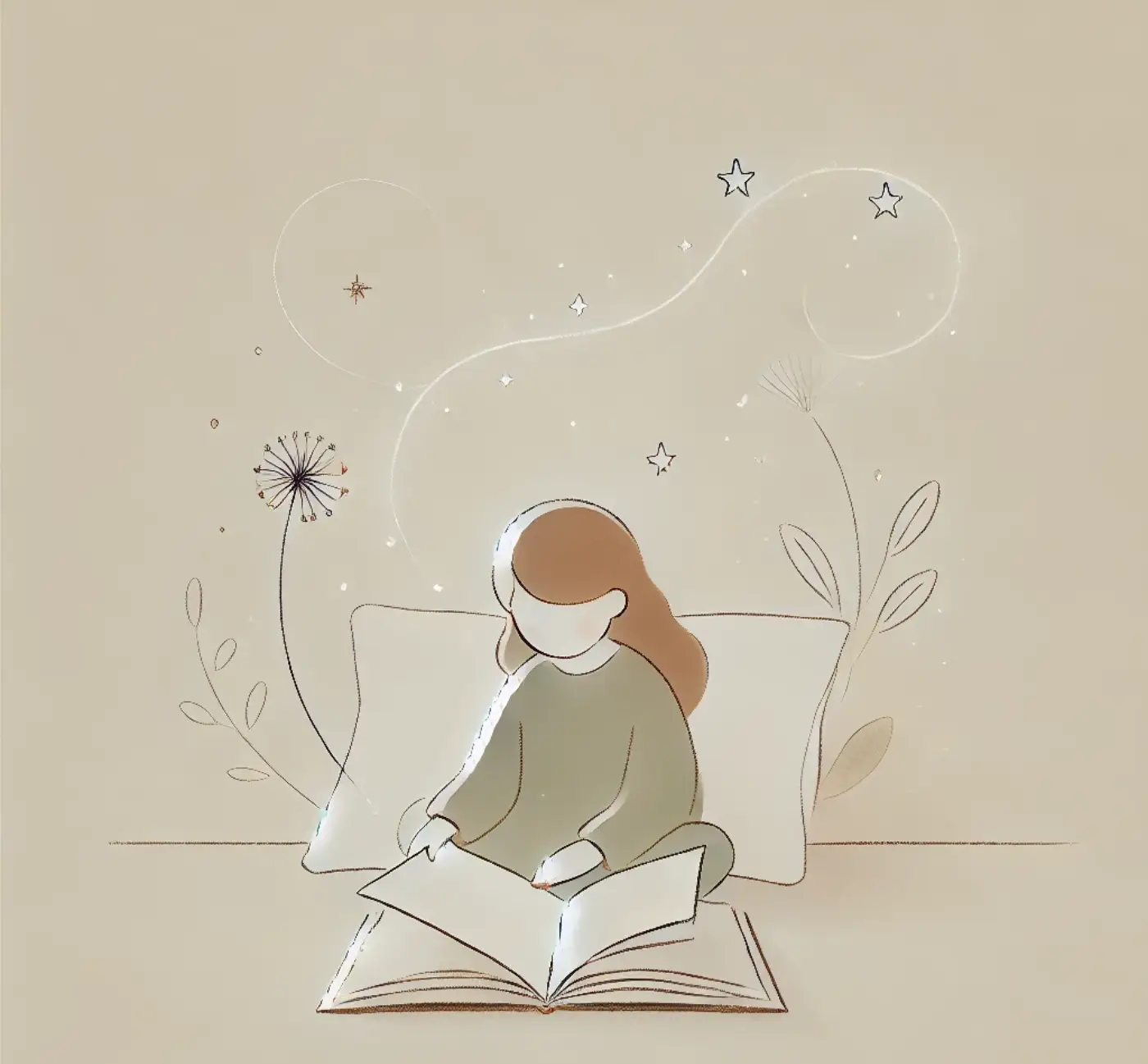Do Children’s Books Need to Teach Lessons?

Ask anyone about children’s books, and you’ll likely hear about stories with moral lessons—those that teach kindness, bravery, or the importance of being truthful. But is a message mandatory for a good children’s story? Not necessarily. Some books inspire, others entertain, and some simply let kids lose themselves in wonder. The beauty of children’s literature lies in its variety.
Why Do We Expect Lessons?
Traditionally, children’s stories have been used as teaching tools. These tales guide young readers in understanding values like perseverance and honesty. For parents and educators, these lessons are reassuring—a way to make storytime feel both enjoyable and meaningful. After all, who wouldn’t want kids to learn from the characters they adore?
But here’s the thing: children learn more than we realize, even without explicit lessons. A funny story might teach humor, an adventurous tale might ignite curiosity, and a silly rhyme might show the joy of language. Not every book needs to spell out a moral to leave a lasting impact.
Stories That Celebrate Imagination
Some of the most magical children’s books don’t bother with a traditional “lesson” at all. Think about books like Alice’s Adventures in Wonderland or Don’t Let the Pigeon Drive the Bus!. These stories aren’t about teaching life skills; they’re about having fun and exploring creativity. They invite kids to ask, What if? and Why not?, sparking curiosity and wonder.
These kinds of stories show that it’s okay for books to just be books. A story can be silly, absurd, or purely imaginative and still hold incredible value for a child. Sometimes, the best lesson is that it’s okay to dream and play.

The Danger of Preachiness
When a book tries too hard to teach, it can lose what makes it special. Children are clever, and they know when a story is talking down to them. If a moral feels forced or heavy-handed, young readers might tune out or feel bored. Instead of teaching values, the book risks becoming a chore.
The best children’s stories weave any message naturally into the narrative. For example, “The Rainbow Fish” by Marcus Pfister tells the story of a beautiful fish who learns the importance of sharing after realizing that its vanity leads to loneliness. The book’s moral about sharing is clear, and the stunning illustrations reinforce the message.
Stories That Let Kids Be Kids
Let’s not forget that childhood is a time for fun, freedom, and exploration. Books that make kids laugh or take them on wild adventures are just as valuable as those with a clear moral. A story doesn’t need to teach a child to be kind; it can simply show them the joy of being themselves.
Consider Dr. Seuss. His books are often nonsensical, filled with made-up words and quirky characters. Yet they’re beloved because they let kids revel in the sheer delight of reading. The “lessons” in Seuss’s books are often secondary to the playfulness and fun.
The Real Magic of Children’s Stories
Ultimately, the best children’s books don’t fit into a single box. Some teach morals, while others let imaginations soar. The common thread is connection—a good story resonates with its readers, whether through laughter, adventure, or heartfelt moments.




